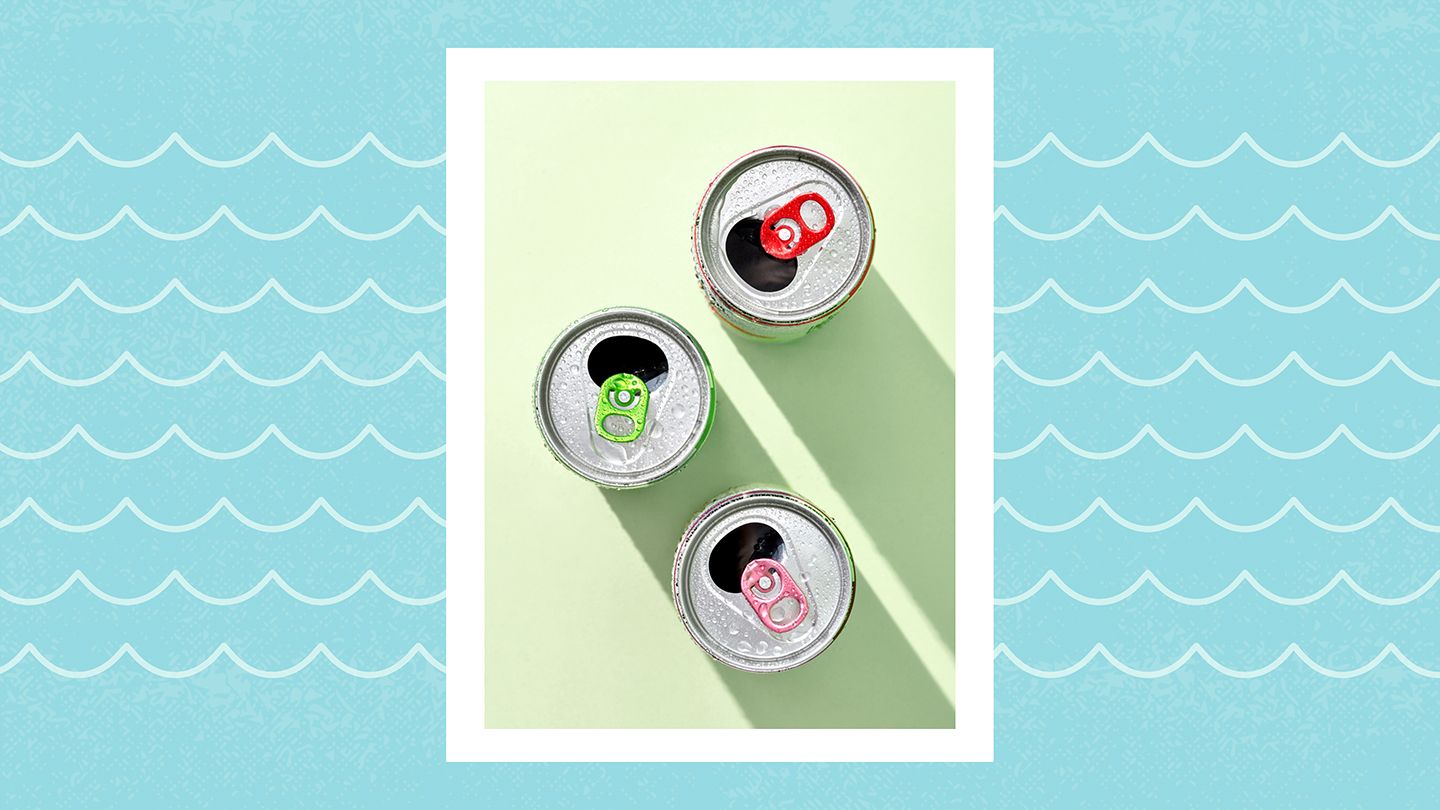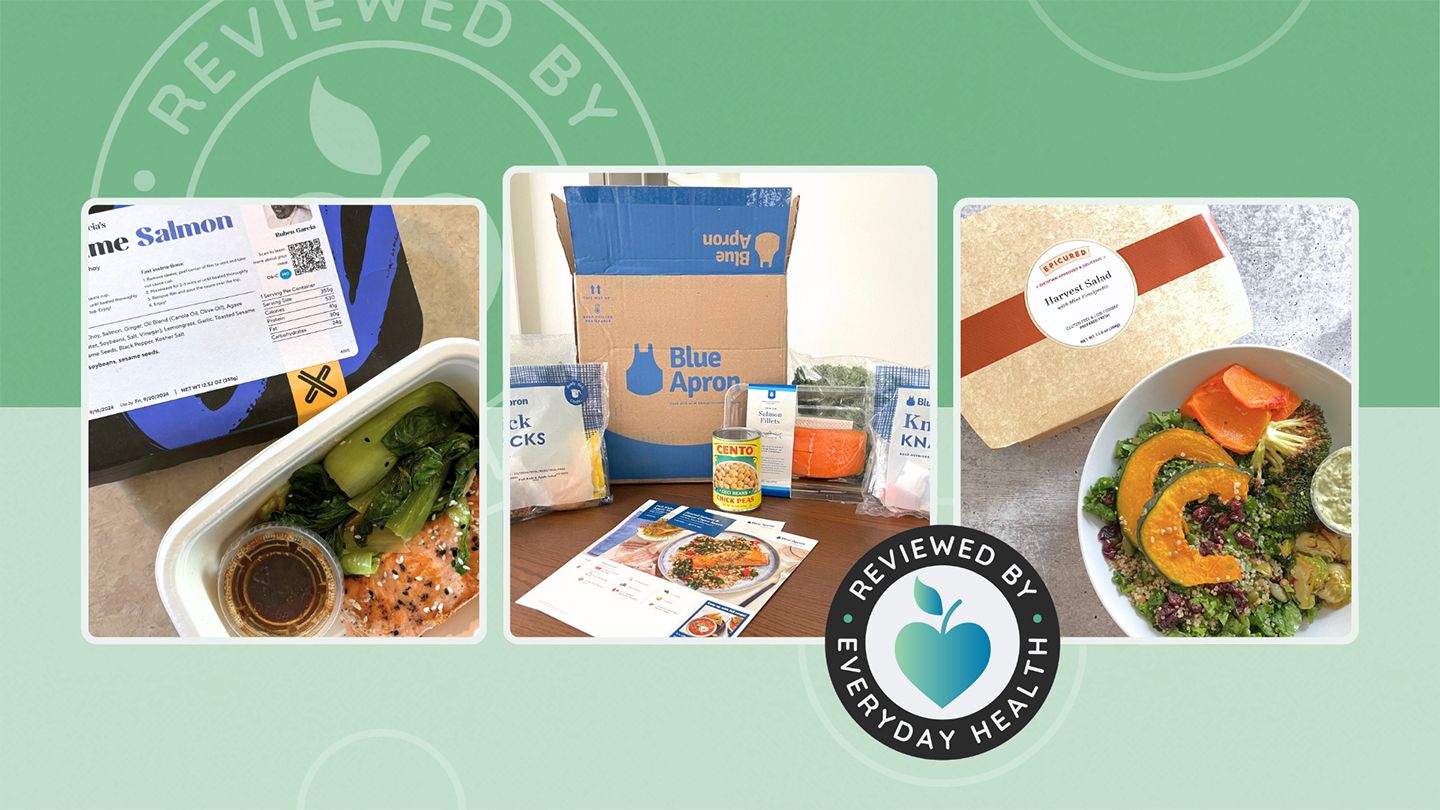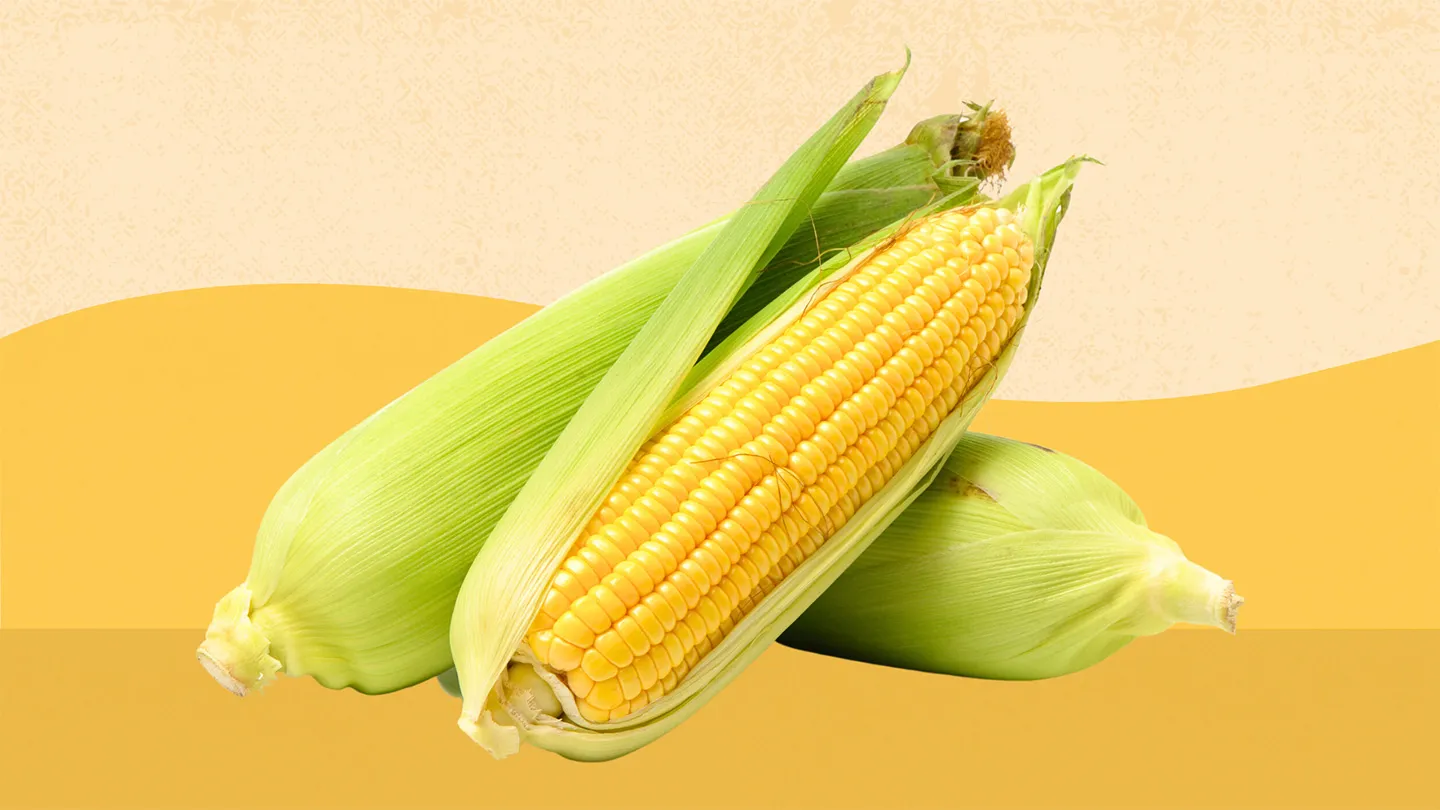Introduction
Honey is a popular natural sweetener that has been used for centuries. With rising health consciousness, many people want to understand the calorie and nutrition breakdown of honey to determine how it fits into a healthy diet.
This article will examine the following aspects of honey calories and nutrition:
Calories in Honey
Calories per teaspoon
One teaspoon of honey contains about 22 calories. This is lower than white sugar, which has about 16 calories per teaspoon. However, honey is sweeter than sugar so less may be needed to achieve the same sweetness.
Calories in different types of honey
Calories can vary slightly between different types of honey due to differences in composition:
- Clover honey: 21 calories per teaspoon
- Wildflower honey: 22 calories per teaspoon
- Buckwheat honey: 23 calories per teaspoon
- Acacia honey: 23 calories per teaspoon
In general, darker honeys like buckwheat tend to be slightly higher in calories than lighter honeys like clover.
Daily calorie intake
The average person should limit added sugar to about 6 teaspoons or 100 calories per day. This means just a few teaspoons of honey could fulfill a large part of the recommended daily added sugar intake.
Carbohydrates in Honey
Sugar content
The main carbohydrates in honey are the sugars glucose and fructose. A teaspoon of honey contains about 4 grams of sugar total:
- Glucose: 2 grams
- Fructose: 2 grams
Glycemic index
The glycemic index (GI) measures how quickly foods raise blood sugar. Honey has a GI of 55-83, which is moderately high. For comparison, white sugar has a GI of 65.
Impact on blood sugar
Despite having a moderately high GI, some research suggests honey may have less impact on blood sugar than regular sugar. This is because honey contains some compounds that slow digestion. But more research is needed on honey's effects.
Nutritional Benefits of Honey
Vitamins and minerals
Honey contains small amounts of several vitamins and minerals. One teaspoon provides:
- Riboflavin: 1% of the Daily Value
- Niacin: 1% of the DV
- Folate: 1% of the DV
- Pantothenic acid: 1% of the DV
- Calcium: 0.6% of the DV
- Iron: 0.6% of the DV
- Zinc: 0.5% of the DV
- Potassium: 0.5% of the DV
Antioxidants
Honey contains phenolic compounds and other antioxidants that may provide some health benefits. However, the amount of antioxidants can vary widely depending on the floral source.
Anti-bacterial effects
Some research indicates honey has anti-bacterial effects due to the presence of hydrogen peroxide. This has led to interest in using honey for wound care and treating coughs.
Downsides of Honey
High in sugar and calories
The biggest downside of honey is its high sugar and calorie content. Eating too much added sugar from any source can promote weight gain and metabolic problems.
May spike blood sugar
Despite having a lower GI than sugar, honey is still a significant source of carbohydrates. It should be eaten in moderation, especially by those with diabetes.
Infant botulism risk
Raw honey poses a small risk of infant botulism for children under 1 year old. Honey should not be fed to infants.
Allergic reactions
Honey can cause allergic reactions in those allergic to pollen or bee products. People with bee allergies should use caution with honey.
How Much Honey is Healthy Per Day?
No specific guidelines
There are no specific daily intake guidelines for honey. The American Heart Association advises limiting added sugar to 6 teaspoons (25 grams) per day for women and 9 teaspoons (38 grams) for men.
Moderation is key
Enjoying honey sparingly in place of other added sugars may be fine for most healthy people eating an overall balanced diet. Have just 1-2 teaspoons a few times per week.
Avoid in excess
It's best to avoid having more than 2-3 tablespoons of honey per day. The calories and sugar can quickly add up and displace healthier choices.
Individual factors
People with diabetes or weight concerns may want to further limit honey intake to a teaspoon or less per day. Check with your healthcare provider about specific limits.
Recipes and Uses for Honey
As a sweetener
Honey can be used to naturally sweeten teas, oatmeal, yogurt, baked goods and other foods. Start with just a teaspoon at a time to gauge the sweetness.
Salad dressings and marinades
Whisk together honey, lemon juice, mustard, and other ingredients to make flavorful salad dressings. Honey also nicely sweetens marinades for meats and vegetables.
Smoothies
Add a drizzle of honey to smoothies along with fruits, veggies, and yogurt or milk for a touch of sweetness. It pairs well with banana or berries.
Baked goods
Use honey to replace up to half the sugar in cookie, cake, muffin, bread and other baked good recipes. This cuts added sugars while retaining moisture.
Roasted vegetables
Lightly coat vegetables like carrots, squash, or Brussels sprouts with honey before roasting. The honey gives a glossy sheen and caramelized sweetness.
Energy balls and bars
Homemade energy balls and bars made with oats, nuts, nut butter, and dried fruit taste delicious with a drizzle of honey as a binding ingredient.
The Bottom Line
Honey provides some vitamins, minerals and antioxidants, but its main drawback is the calorie and sugar content. Enjoy honey in moderation as part of a healthy diet, limiting intake to a teaspoon or two per day.
When used sparingly, honey can be a better option than regular sugar. But excessive honey should still be avoided due to the potential for weight gain and blood sugar spikes.
FAQs
How many calories are in a teaspoon of honey?
One teaspoon of honey contains about 22 calories. This is slightly less than white sugar, which has 16 calories per teaspoon.
Is honey better for you than regular sugar?
Honey contains small amounts of vitamins, minerals and antioxidants, so in moderation it can be somewhat better than sugar. But honey still has a high sugar content, so it should be used sparingly.
Does honey spike blood sugar?
Honey has a moderately high glycemic index, so it can spike blood sugar. But some research shows honey may affect blood sugar slightly less than regular sugar. People with diabetes should still be cautious with honey.
How can you use honey in healthy recipes?
Honey can be used to sweeten smoothies, oatmeal, salad dressings, marinades, baked goods, roasted veggies, and more. Use just 1-2 tsp at a time to keep added sugars low.
Disclaimer: This article is for informational purposes only and does not constitute medical advice. Always consult with a healthcare professional before starting any new treatment regimen.
Related Coverage
Keep your health goals on track this Halloween with these delicious low carb appetizer ideas. Dip, cheese and meat boards, veggies, and drinks to scare up some spooky fun....
Discover the delicious and keto-friendly options Friendly's Happy Ending Menu has to offer. Indulge in a guilt-free dining experience with our guide to navigating their low-carb offerings....
Learn about the best low-carb, keto-friendly drink options to properly hydrate, get nutrients, and succeed with your ketogenic diet....
With 10g net carbs per cup, delicata squash fits into a keto diet. See how it compares to other winter squashes and get delicious low carb delicata recipe ideas....
Wondering if you can eat Kraft American cheese on the keto diet? Get the facts on its carbs, sodium, additives and how it compares to cheddar, mozzarella and more....
Frankincense, rosemary, lavender, tea tree, chamomile and other essential oils can help relieve diseases driven by chronic inflammation through antioxidant and anti-inflammatory effects....
Honey has many health benefits and healing properties. Learn about using raw honey in cooking, how to store honey properly, and the impact of honey on keto and blood sugar....
Find out how many net carbs are in corn on the cob. Can you eat corn on keto or low-carb diets? Get nutrition info, keto strategies, and low carb vegetable alternatives....
With high-carb acorn and butternut off the keto menu, learn which low-carb squash types fit into a ketogenic diet, from zucchini and spaghetti to yellow squash and calabaza....
Silent or asymptomatic UTIs lack classic symptoms like burning urination. Understand causes, risks, screening methods, antibiotic treatment guidelines and preventatives....









